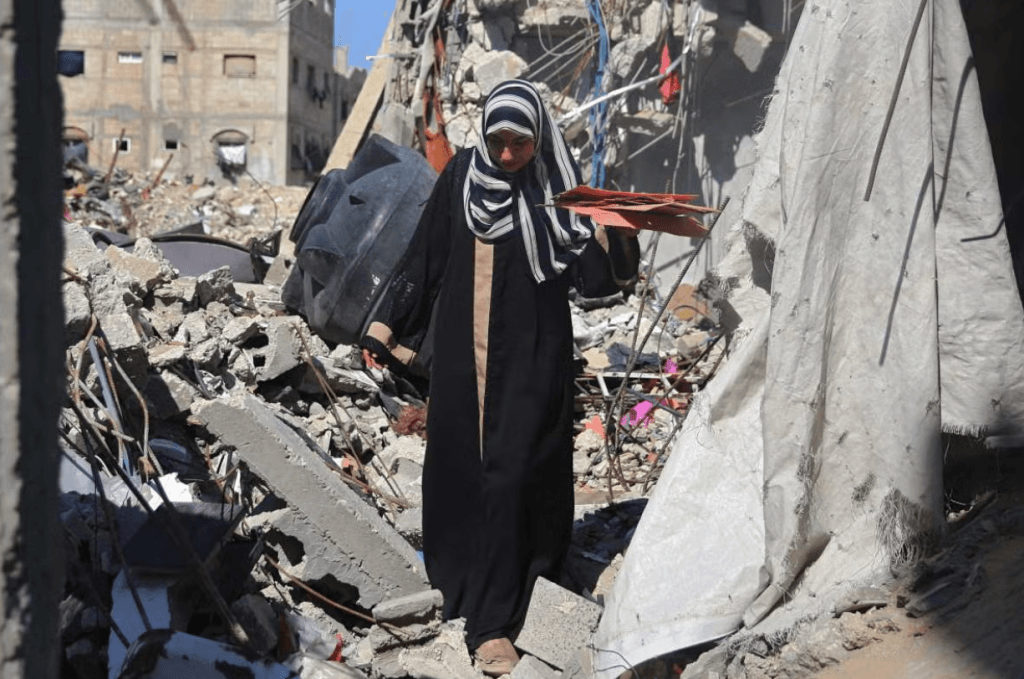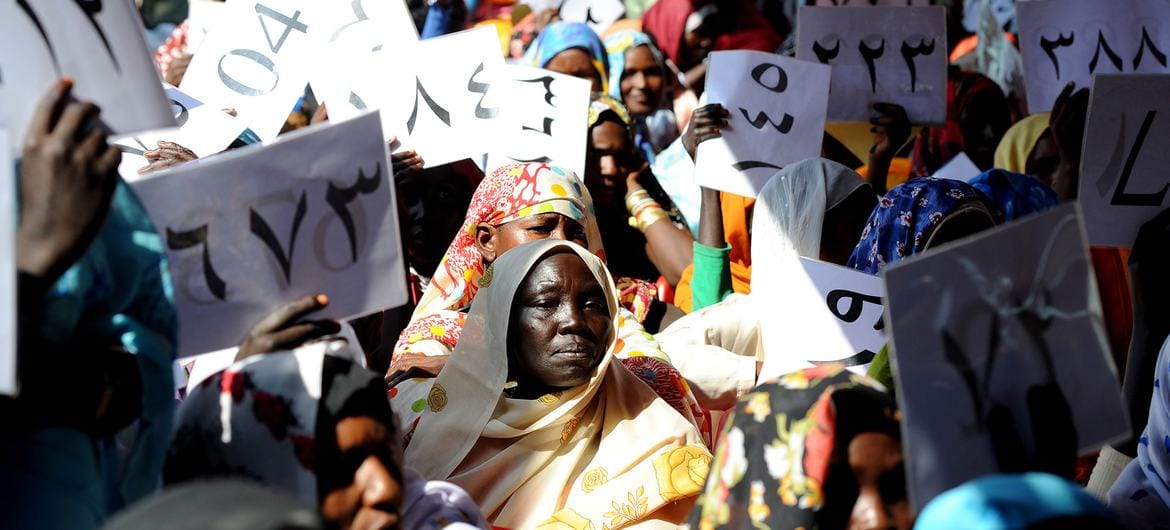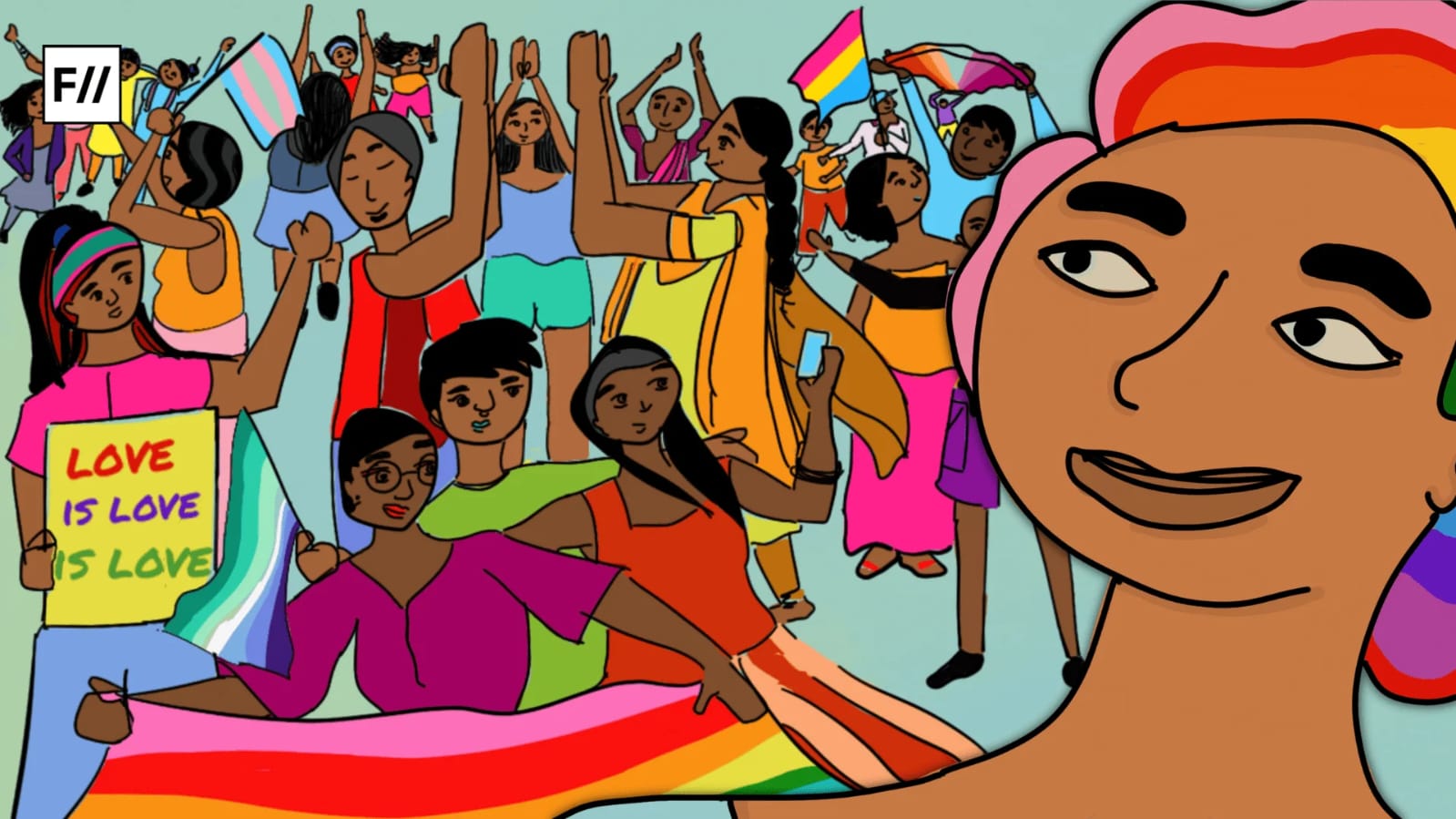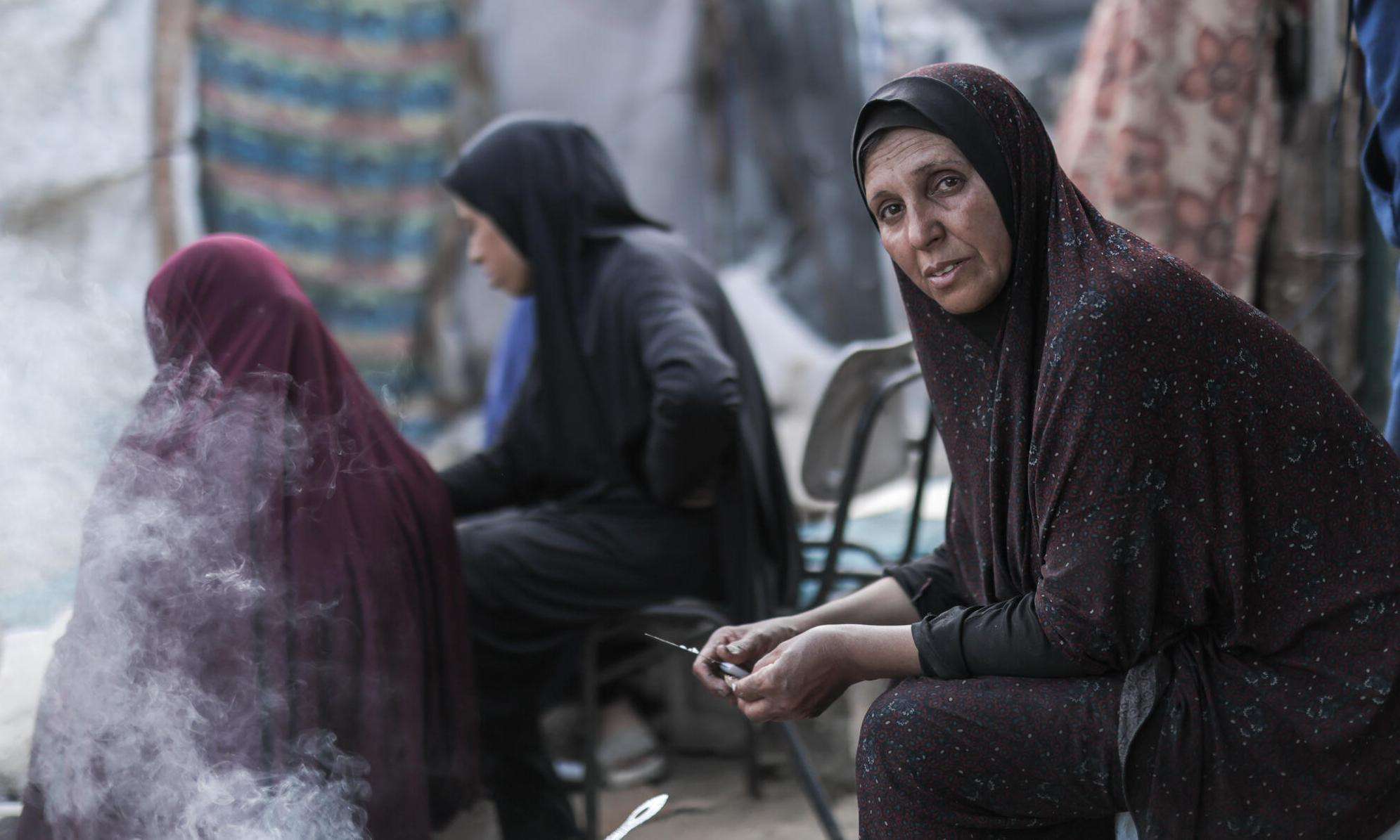Globally, women in conflict and war-torn zones endure immense systemic violence, with sexual violence and other forms of gendered violence employed as weapons of war. Often, it is reported that sexual violence escalates during heightened levels of destabilisation in conflict zones.
According to the United Nations, “The United Nations verified 3,688 reported cases of conflict-related sexual violence in 2023, a shocking 50 per cent increase from the previous year. The highest numbers were recorded in Ethiopia (835) and the Democratic Republic of the Congo (733).” This is the data that is being reported and documented. The number of cases of sexual violence that go undocumented and unreported would be jarringly high, as often it is difficult to document sexual violence in areas with high instability.
In 2023, more than 170 armed conflicts were documented globally. An estimated 612 million women and girls currently reside within 50 km of these conflicts. This represents a 50 percent increase compared to a decade ago, mentions the UN.
The figures are alarming; nonetheless, they represent more than mere statistics. They are lives. They are the half-widows of Kashmir. They are war survivors from Sudan. They are females in Occupied Palestine. Voices are emerging from Manipur, Gaza, Balochistan, the Democratic Republic of Congo, Yemen, and Afghanistan.
Yet, women continue to fight against the oppressive nature of conflicts which are mainly based on the patriarchal power systems. However, here’s the question – how often are women given the opportunity to lead and be part of decision and policy making to end gendered violence in conflict zones? How often are they made emissaries of peace and resolution?
Women as emissaries in conflict regions
The representation of women in peace treaties, processes, and negotiations is minimal. “Despite their critical roles, women continue to be largely excluded from peace processes. According to new global data collected by UN-Women through the Women in Peace Processes Monitor, in 2023, women made up only 9.6 per cent of negotiators, 13.7 per cent of mediators and 26.6 per cent of signatories to peace and ceasefire agreements,” mentions the UN Women website.

Despite studies and research showing higher implementation rates for peace deals with women signatories, women remain largely excluded.
For instance, a study, “Women’s Participation in Peace Negotiations and the Durability of Peace” “examined several cases and provided preliminary evidence that postconflict peace is more durable when women participate directly in negotiations.”
“Gender inequality is a strong predictor of armed conflict, which suggests that there is a connection between women’s security, the political participation of women, and durable peace. Gender equality is a strong indicator of a state’s peacefulness (Hudson et al., Citation2012, Citation2009) and gender inequality a strong predictor of civil war onset (Caprioli Citation2005; Melander Citation2005),” mentions the same study.
To achieve enduring peace—genuine peace founded on justice—women’s inclusion is essential. Not merely as victims, but as negotiators. Not merely as survivors, but as decision-makers.
Since 2010, UN Women has deployed over 175 gender experts to nearly every UN-mandated human rights investigation. These include legal advisors, forensic specialists, and investigators working to document sexual and gender-based violence.
Even though the UN and various global human rights and feminist organisations are working hard to elevate women, there are still setbacks they face. It’s often the case that a patriarchal system holds the power in these situations.
The impact on ground
Notwithstanding their exclusion from the majority of institutional peace initiatives, women persist in assuming pivotal roles in local peacebuilding efforts. Consider Yemen, where women advocated for civilian access to water—a crucial resource during conflict. Faten, a local woman in Yemen, embarked on a journey to provide access to water to her community. She says to the UNDP, “I participated in resolving the conflict, so water reaches every home, shaping a better life for my village.”

In 2023, over 49 women-led NGOs in Sudan collaborated to establish the Peace for Sudan Platform. Their sole mission was to advocate for a more inclusive peace process that guarantees the representation and respect of all groups’ voices. According to Adjaratou Ndiaye, UN Women’s Sudan representative, “Sudanese women have their own narrative of resilience and determination as agents of peace.” She further says, “Conflict and displacement have never shaken their mission for peace, as we witness this gathering today and recognise all the women-led peace initiatives and responses on the ground and in other parts of the world.”
We need to see more women directly involved in peace deals and policy-making to tackle gendered violence. It’s important to have women in leadership roles, like heads of state and peacekeeping organisations, such as the United Nations. This way, women can better understand the issues that affect them and can act as emissaries to create lasting change and agreements.
This endeavour is essential—not only for justice but also for remembrance. Peace procedures are incomplete without the inclusion of women’s voices. When women participate in discussions, the accords endure for a longer duration. Communities recover more swiftly under female leadership. The commencement of healing occurs when women articulate their thoughts.
Phoolan Devi, Irom Sharmila, Parveena Ahangar, and countless others—named and unnamed—who have stood tall in the face of unimaginable odds; their stories remind us that resistance takes many forms. But no matter how it looks, one thing remains true: women fight back.
About the author(s)
Shahinda is a multimedia journalist with an experience of more than five years. She has an interest in covering politics, gender, conflict, and gender-based violence/crime. In addition, she has experience in reporting, photography and documentary filmmaking. She has done her Masters in Mass Communication from AJK MCRC Jamia Millia Islamia, New Delhi.






